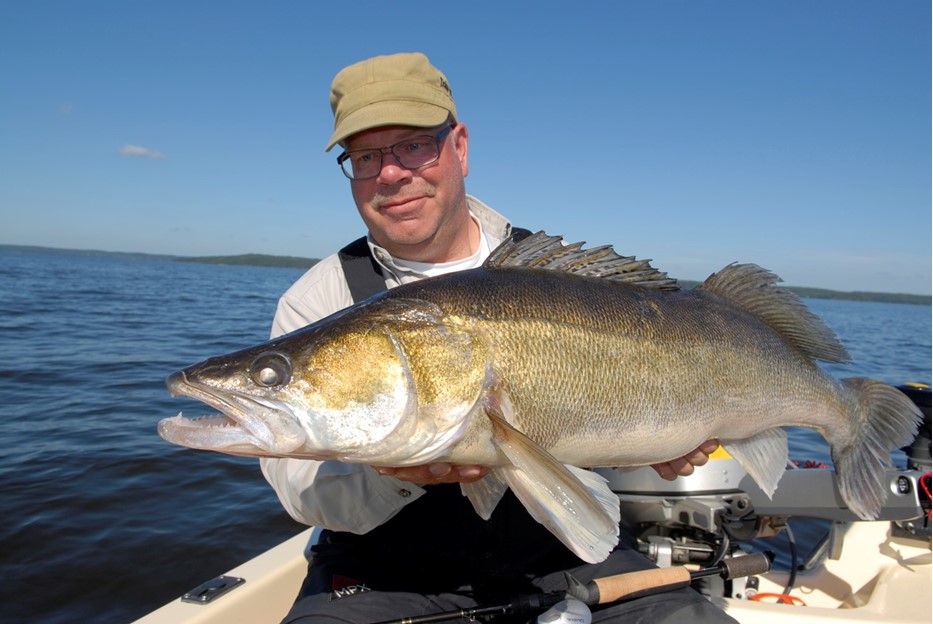In the pursuit of trophy zander, having a collection of superb baits won’t guarantee success if you’re fishing in the wrong spots. Jörgen Larsson, a seasoned angler, sheds light on the essential first step – locating the fish. His experiences uncover the nuances of finding midwater zander in various situations, revealing key insights for anglers seeking those elusive giants.

Wind’s Impact on Fishing Success:
- Sheltered Haven: Larsson navigates a windy lake, seeking refuge behind a large point. While smaller waves make fishing feasible, the concentration of fish in a specific area raises questions about the absence of larger specimens.
- Wind-Induced Frenzy: A change in wind conditions triggers an unexpected feeding frenzy. Larsson and his companion experience a dramatic turnaround, landing impressive zanders, including a monster measuring 95 cm.
Morning Magic: A Tactical Shift:
- Calm Waters, Bold Decision: With the lake serene the next morning, Larsson takes a calculated risk, steering towards a wind-battered area. His decision pays off as they discover zanders on a shallower plateau, resulting in a magical morning of abundant catches.
Understanding Zander Behavior:
- Natural Migrations: Larsson shares insights into zander’s natural migrations, influenced by factors like temperature, wind, food availability, and spawning. Understanding these patterns aids in anticipating their movements.
Strategies for Finding Zander:
- Mapping New Waters: In unfamiliar waters, having a lake map is invaluable. Studying depths and bottom structures helps identify promising areas for exploration.
- Seasonal Shifts: Zanders exhibit distinct behavior in different seasons. While spring sees them close to spawning places, the rest of the year finds them in or around the deepest areas of the lake.
- Weather Dynamics: Weather plays a pivotal role, especially in larger lakes. Checking wind direction helps locate warmer areas, and understanding how zanders respond to weather conditions guides anglers to potential hot spots.
- Spot Marking and Patience: Discovering one zander often indicates more in the vicinity. Larsson emphasizes marking successful spots on GPS and returning patiently during feeding periods for optimal results.

In unraveling the mysteries of locating big zander, Larsson’s experiences provide a roadmap for anglers, emphasizing the importance of adaptability, weather awareness, and a keen understanding of the fish’s behavior. Mastering these nuances significantly increases the chances of a rewarding catch during your next fishing expedition.
Images/Source: Westin





